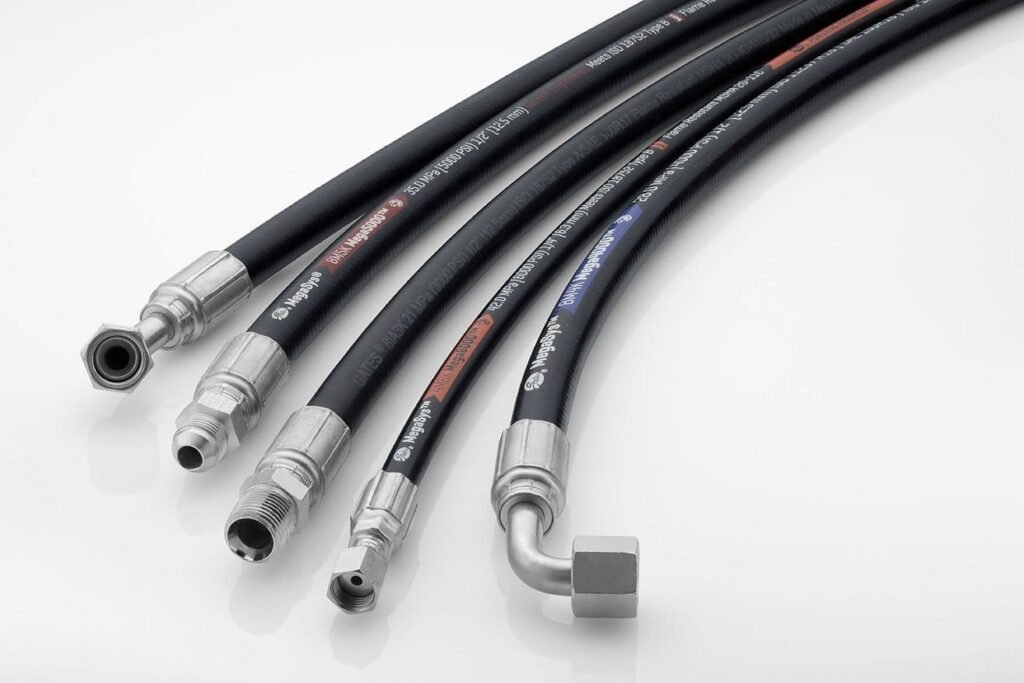LOW-PRESSURE HOSE ASSEMBLIES

Low-pressure hose assemblies are flexible tubes, typically made of materials like rubber or thermoplastic, designed to convey fluids or gases at relatively low pressures, generally below 300 PSI (20.7 bar). They are characterized by their flexibility, allowing for easy installation and maneuverability, and are often used in applications where high-pressure resistance is not a primary concern.
- General-purpose hydraulic systems: For fluid transfer and other applications where lower pressures are sufficient.
- Pneumatic systems: For conveying compressed air.
- Fuel systems: Replacing rigid lines with flexible ones where flexibility is required.
- Medical gas systems: For delivering medical gases at lower pressures, as specified in ISO 5359.
- Industrial and agricultural equipment: For general fluid transfer and other applications.
- Vehicles (air conditioning systems)
Pressure Range: | Low-pressure hoses are designed for applications where the operating pressure is typically below 300 PSI (20.7 bar). |
Flexibility: | They are known for their flexibility, making them suitable for installations in tight spaces or where the hose needs to bend or curve. |
Materials: | Common materials include rubber, PVC, thermoplastic, and sometimes reinforced with layers of synthetic fibers or steel wire for added strength. |
Reinforcement: | Some low-pressure hoses incorporate reinforcement layers (e.g., braided steel wire) to enhance their pressure-bearing capacity and resistance to wear and tear. |
Assembly: | Low-pressure hose assemblies often utilize crimping or swaging techniques to securely attach fittings to the hose, ensuring a reliable and leak-free connection. |
